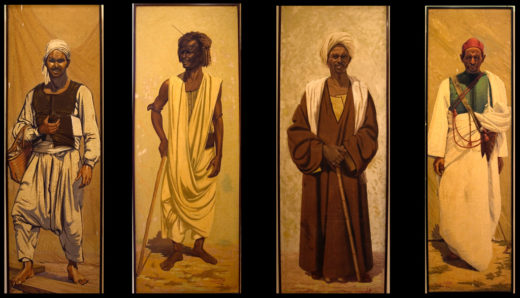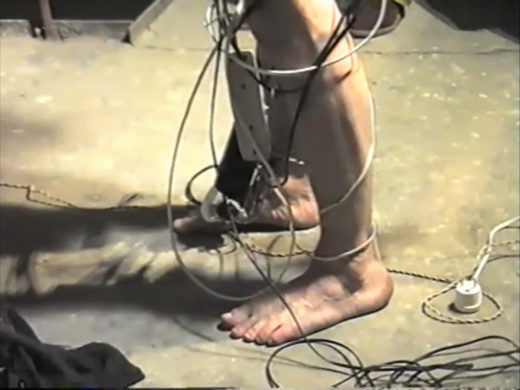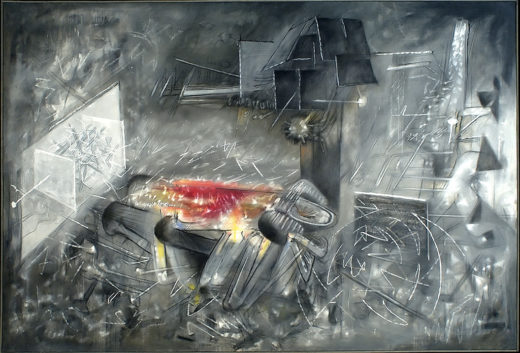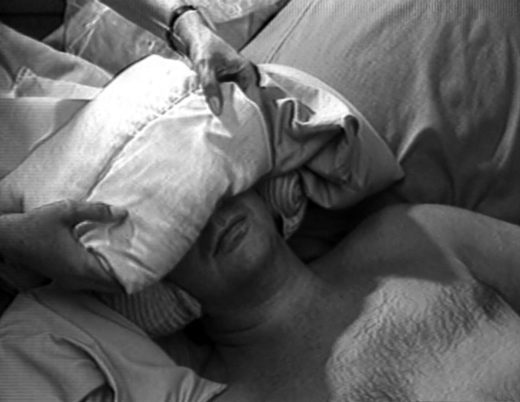Sold For Parts: Selma Selman’s Activist Practice
“I don’t want art that points to a thing. I want art that is the thing.”
–Tania Bruguera
In 2018, Selma Selman, an artist of Romani origin who grew up in Bosnia and Herzegovina (henceforth referred to as Bosnia), set out to buy her freedom from her family. Recording her project on film, she negotiated a fair price to make up for the dowry her parents would forgo in not marrying her off. She proceeded to sell her hair, her clothes, and her artworks before officially making the exchange of $11,166 for her independence. Selman’s aim was, in … Read more











